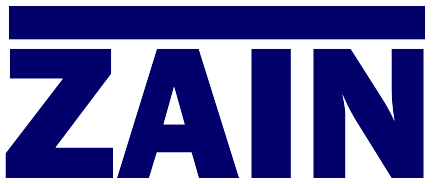The pages within this guide.
Drive
The mixing impeller is attached to a shaft, which is coupled to the drive to turn the impeller. As the impeller begins to push the fluid in axial and radial directions, the impeller will impart a force back to the drive. In most cases, there will be bearings either in the pedestal or actual shaft sleeve inside the gear reducer to take the axial and radial thrusts from the mixing impeller.
Gear reducers and V-belt drives are required to reduce the motor rpm to the desired rpm of the mixing impeller.
As long as the drive selection and design take into account the loadings from the impeller, it is not necessary to purchase any "special" drives, which seem to be available only from the mixing equipment companies.
A mixer can be built via purchase from any Gear Reducer manufacturer as long as the axial and radial thrusts are taken into design, and in most cases, a pedestal mount is incorporated between the reducer and mounting plate to add for additional bearings.
V-Belt designs are common for agitators that require higher mixing impeller rpm's, such as 280 rpm or 420 rpm. Hence the V-belt sheaves can accommodate for the reduction. Typical cog-type belts are used to avoid slippage and maximum usage of torque.
Gear design: More info coming soon.
Need a reducer only? Contact ZAIN
Want more information?

Contact
Quick Links
ZAIN Technologies, Inc.